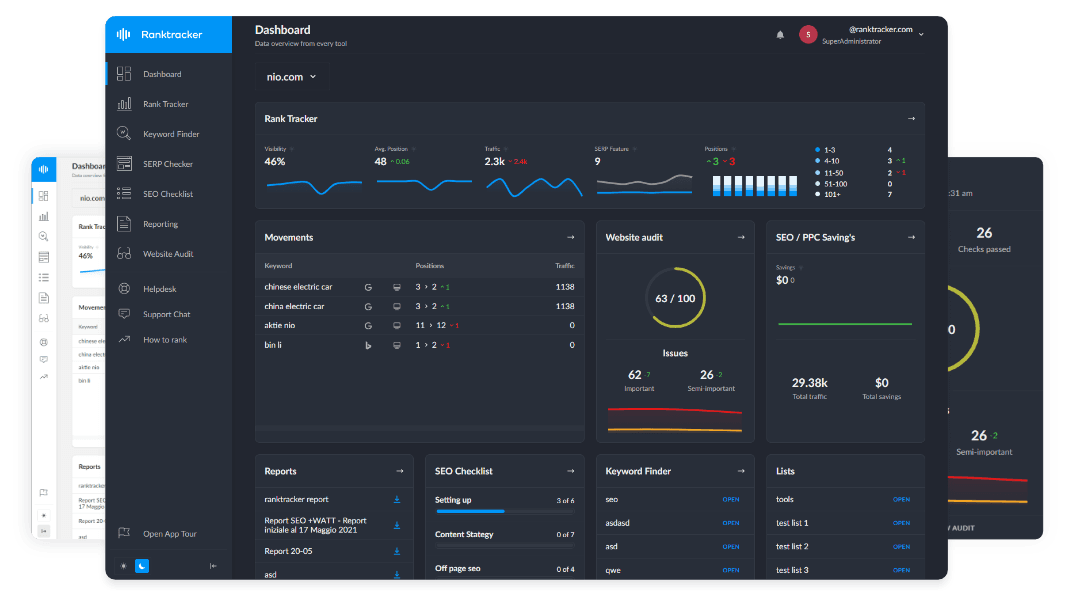Intro
SEO strategies vary by region, and optimizing for the Norwegian market requires a localized approach. From keyword research to local SEO and technical considerations, this guide covers everything you need to succeed in Norwegian search rankings.
1. Understanding the Norwegian Search Landscape
Norway has a competitive search environment, with Google as the dominant search engine, followed by Bing and DuckDuckGo. Mobile search and localized results play a crucial role in rankings.
Key Factors Affecting SEO in Norway:
- Google’s frequent algorithm updates (e.g., Core Updates, Helpful Content Update)
- Emphasis on local search for businesses across different Norwegian regions
- High competition in industries like technology, tourism, and e-commerce
- Importance of privacy regulations (GDPR) and Norwegian data protection laws
2. Norwegian Keyword Research & Content Strategy
Understanding how Norwegian users search online is essential for effective SEO.
Best Practices for Keyword Research:
- Use Google Keyword Planner, Ranktracker’s Keyword Finder, and Ahrefs Norway to analyze search trends.
- Focus on long-tail keywords and local search terms (e.g., "beste SEO-byrå i Oslo").
- Optimize for Norwegian language variations (Bokmål vs. Nynorsk).
Content Optimization for Norwegian SEO:
- Use proper Norwegian grammar and vocabulary to match search intent.
- Localize content for different regions (Oslo, Bergen, Trondheim, etc.).
- Include Norwegian Krone (NOK) pricing and references relevant to the Norwegian audience.
- Implement structured data markup to enhance search visibility.
3. Local SEO for Norwegian Businesses
Local SEO is crucial for businesses targeting Norwegian customers.
Optimizing Google Business Profile (GBP):
- Claim and verify your Google Business Profile listing.
- Ensure your Name, Address, and Phone Number (NAP) are consistent across directories.
- Gather and respond to customer reviews to boost credibility.
Building Norwegian Local Citations:
- Submit business details to Gulesider.no, Yelp Norge, 1881.no, and Purehelp.no.
- Use LocalBusiness schema markup to improve search visibility.
4. Technical SEO Considerations
Ensuring your website meets Google’s technical standards is essential.
Key Technical SEO Best Practices:
- Optimize for Core Web Vitals to enhance user experience.
- Use a .no domain for better local relevance.
- Implement mobile-first indexing to cater to mobile users.
- Improve site architecture with logical URL structures and internal linking.
5. Link Building & Digital PR in Norway
Acquiring high-quality backlinks from reputable sources improves domain authority.
Effective Link Building Strategies:
- Partner with Norwegian influencers and bloggers for guest posts.
- Get listed on local business directories and niche-specific listings.
- Use HARO (Help a Reporter Out Norway) to earn backlinks from media outlets.
- Build relationships with relevant Norwegian websites for natural link acquisition.
6. Monitoring & Measuring SEO Performance
SEO success requires continuous monitoring and optimization.
Essential SEO Metrics to Track:
- Organic traffic growth via Google Analytics
- Keyword rankings using Ranktracker’s SERP Checker
- Backlink profile via Ahrefs, Majestic, or Ranktracker’s Backlink Checker
- User engagement metrics (bounce rate, dwell time, conversion rate)
SEO in Norway requires a mix of technical, content, and local SEO strategies. By understanding search trends, optimizing for user intent, and leveraging local opportunities, businesses can achieve long-term success in Norwegian search rankings.

